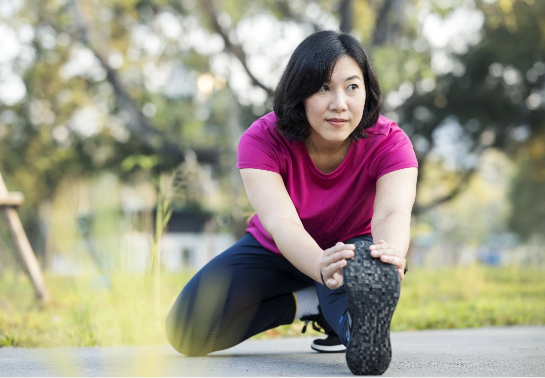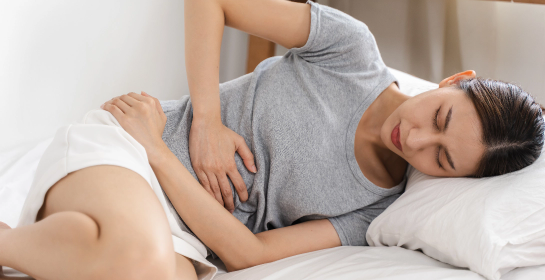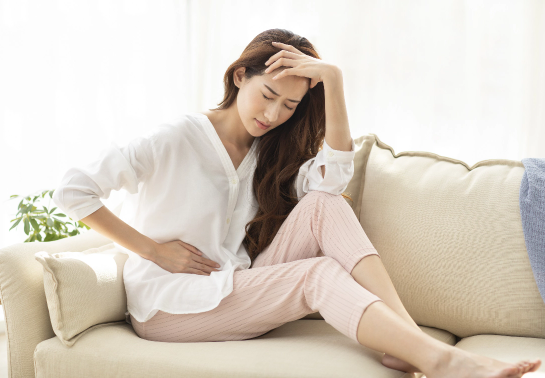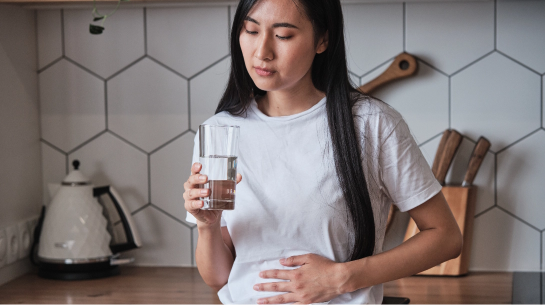Acute pain is usually caused by tissue damage to bones, muscles, or organs, and the pain lasts for a limited time.
Acute pain1

Chronic pain1
On the other hand, chronic pain is often associated with long-term symptoms. Up to 70% of people with chronic pain experience sudden onset of pain despite taking painkillers, which may cause anxiousness.1

What is a sports injury? 2
Sports injuries are injuries to parts of the body caused by exercise or training.2 Common sports injuries include sprains, strains, fractures, and dislocations.2 Sports injuries affect all parts of the body including muscles, tendons, ligaments, bones, and joints.2 Proper diagnosis, treatment, and prevention are essential for managing sports injuries and rehabilitation.2

Causes of Sports Injuries 2
Sports injuries can be caused by a variety of reasons, including accidents, such as falls; poor exercise habits, such as insufficient warm-up or stretching; improper use or using damaged safety equipment; poorly fit or unsupportive footwear; and a sudden increase in the amount of exercise.

Symptoms and Diagnosis 2
Sports injuries can present a variety of symptoms, depending on the type of injury. Common symptoms include pain or tenderness in the affected area, bruising, decreased range of motion, deformities (such as misalignment of bones or joints), crackling, clicking or popping sounds during movement, inability to bear weight on the injured limb, and stiffness or weakness of the injured body parts, and warmth on skin.

What is menstrual pain?
There are two main types of menstrual pain: primary and secondary.3 Women under 20 years of age, unmarried women, smokers, and those trying to lose weight may be at higher risk for primary menstrual pain.4

Causes of menstrual pain
Primary menstrual pain is caused by muscle contractions during menstruation.3 In addition to pain, other symptoms such as nausea, fatigue and diarrhea may also be experienced.3 Secondary menstrual pain usually lasts longer.3 Your healthcare provider may perform a pelvic exam, and an ultrasound or a laparoscopy may be used to confirm the diagnosis if secondary menstrual pain is suspected.3

Symptoms
In addition to menstrual pain, primary menstrual pain may include back or abdominal pain, mood swings, sleep disturbance, and headaches.5






